Samizdat: The Ghost of Alexandr Solzhenitsyn
 I never thought this day would come to America. The liberal left, the media, the governmental deep state have determined to crush and gain control over the MAGA movement that President Trump started. They began by immediately censoring the opinions, thoughts, books, art, movies, and protests of half of the American population. Twitter and Facebook have already closed the accounts of a huge percentage of its followers. The mainstream media (television and newspapers) have
I never thought this day would come to America. The liberal left, the media, the governmental deep state have determined to crush and gain control over the MAGA movement that President Trump started. They began by immediately censoring the opinions, thoughts, books, art, movies, and protests of half of the American population. Twitter and Facebook have already closed the accounts of a huge percentage of its followers. The mainstream media (television and newspapers) have
In any war, attacking and closing down communication systems is a tested tactic. If the enemy can’t communicate, they can’t organize well enough to defeat you. I think they underestimate the power of the truth and the determination of 80-million American citizens.
It is time for Samizdat to reemerge.
Samizdat is the clandestine creating, copying, and distribution of literature banned or censored by the state, especially formerly in the communist countries of eastern Europe. It is literature that has no hope of being published in normal channels or if the writing is politically suspect. It is underground self-publishing that was passed from individual to individual. Writing and reading samizdat is a form of dissident activity, of resistance. With the increased pressure and propaganda of media, the schemes of political figures and powerful liberal elite, and tech monopolies, an underground press is needed.
Samizdat places the acts of writing, creating, and distribution upon the individual, As *Vladimir Bukivsky, Russian-born dissident in the 50s-70sk said about samizdat: “I write it myself, edit it myself, censor it myself, publish it myself, distribute it myself, and spend time in prison for it myself.” Think of how many American citizens get their information about politics, the arts, religion, and what’s really going on in the real America. Perhaps it’s a good thing that we will be forced to find other ways to express ourselves, to protest our treatment, and to change our society.
What forms will/could the new samizdat take?
1. People may learn to write real letters again.
2. New TV, radio, and newspaper media will emerge, though they will risk the censorship of the Deep State.
3. I predict that short wave radio stations will reemerge, a kind of Radio Free America.
4. There will be more spoken word, people sharing openly until pressure increases to control public speech.
5. American blogs, podcasts, and newspapers will move underground and build new audiences.
Alexandr Solzhenitsyn changed the world and the Soviet Union by Samizdat. I’ve been rereading his works of again. Besides saying, “I told you this would happen in Warning to the West,” I think his ghost would sadly shake his head and say, “Your mainstream media and the political Deep State have damaged much of America, cover-upped corruption, and tried to erase America’s past, but they haven’t won yet. Your own samizdat will immerge soon,”
*Vladimir Bukovsky, a Russian-born British human rights activist and writer. From the late 1950s to the mid-1970s, he was a prominent figure in the Soviet dissident movement, well known at home and abroad. (Wikipedia)

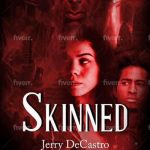

 Until I picked up this book about the life and writings of Émile Zola, I did not realize how little I knew about French authors. The book is part of the Twayne World of Authors Series and had been discarded from a university library. My reading of the book was slow and deliberate and I marked phrases I liked, had to look up and research French words, historical events, and places–some of which I made marginal notes about.
Until I picked up this book about the life and writings of Émile Zola, I did not realize how little I knew about French authors. The book is part of the Twayne World of Authors Series and had been discarded from a university library. My reading of the book was slow and deliberate and I marked phrases I liked, had to look up and research French words, historical events, and places–some of which I made marginal notes about.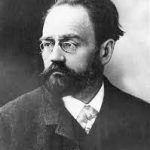 My research revealed that there are many websites, detailed books, and fine videos concerning Zola. Elliott M. Grant, the author/editor, spent many years researching Zola. The book is not intended to be an exhaustive biography, but it does include enough to help the reader to understand Zola and appreciate his literary work, which includes novels, short stories, poems, journal and newspaper articles, and dramatic works. The book includes chapter notes and references, a selected bibliography, and an index. My feeling is that the book is an easy reference and useful tool for one wanting to explore Zola and his world.
My research revealed that there are many websites, detailed books, and fine videos concerning Zola. Elliott M. Grant, the author/editor, spent many years researching Zola. The book is not intended to be an exhaustive biography, but it does include enough to help the reader to understand Zola and appreciate his literary work, which includes novels, short stories, poems, journal and newspaper articles, and dramatic works. The book includes chapter notes and references, a selected bibliography, and an index. My feeling is that the book is an easy reference and useful tool for one wanting to explore Zola and his world.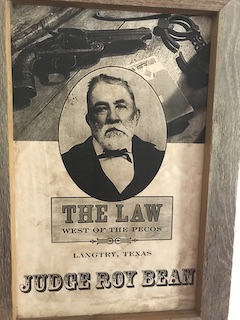
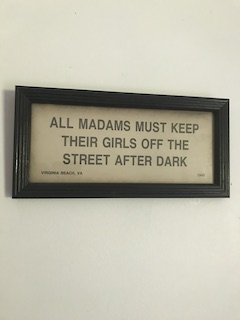
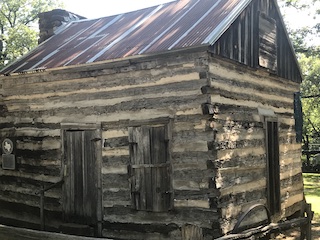





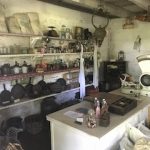



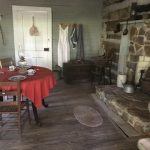


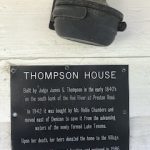



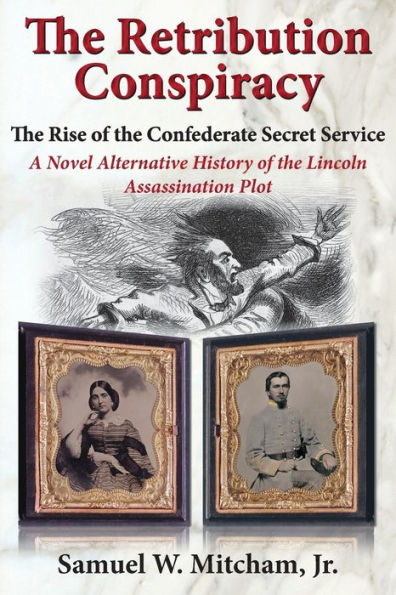 The full title on the novel cover is The Retribution Conspiracy: The Rise of the Confederate Secret Service. Below the cover title, one can read, A Novel Alternative History of the Lincoln Assassination Plot. Though I know a technique of writing historical fiction is to choose a topic, person, or historical incident that will interest people, I thought that this key moment in American history is a well-known topic that the general reading public knows something about. I wondered why he chose this topic. However, when I read this novel by Samuel W. Mitcham, I was truly surprised. I am an avid reader of history, fiction, creative nonfiction, and some historical fiction. I was hooked after reading the author’s introduction. After I completed a reading of this novel, demanded I write a review, something I’ve never done with a historical novel, though I’ve read and always admired Michener’s novels.
The full title on the novel cover is The Retribution Conspiracy: The Rise of the Confederate Secret Service. Below the cover title, one can read, A Novel Alternative History of the Lincoln Assassination Plot. Though I know a technique of writing historical fiction is to choose a topic, person, or historical incident that will interest people, I thought that this key moment in American history is a well-known topic that the general reading public knows something about. I wondered why he chose this topic. However, when I read this novel by Samuel W. Mitcham, I was truly surprised. I am an avid reader of history, fiction, creative nonfiction, and some historical fiction. I was hooked after reading the author’s introduction. After I completed a reading of this novel, demanded I write a review, something I’ve never done with a historical novel, though I’ve read and always admired Michener’s novels. While most Americans currently chafe under the increasing control of the rich, liberal elite political leaders in Washington who promote globalism, create a society of victims totlly dependent on government handouts, and while we are suffering the effects of the Cancel Culture and the WOK mentality that daily thrashes, punishes, and targets any person or business that does not tow the leftist, liberal agenda, I was delighted to discover a strong Nationalistic movement in Brittany. Bretons chafe under the control of the rich Parisian liberals. Bretons consider Brittany their home, their nation, not France. Visitors to Brittany will see the old Celtic flag of Brittany everywhere and in songs and celebrations, one can discover how passionate one’s love for one’s homeland, culture, and history can be.
While most Americans currently chafe under the increasing control of the rich, liberal elite political leaders in Washington who promote globalism, create a society of victims totlly dependent on government handouts, and while we are suffering the effects of the Cancel Culture and the WOK mentality that daily thrashes, punishes, and targets any person or business that does not tow the leftist, liberal agenda, I was delighted to discover a strong Nationalistic movement in Brittany. Bretons chafe under the control of the rich Parisian liberals. Bretons consider Brittany their home, their nation, not France. Visitors to Brittany will see the old Celtic flag of Brittany everywhere and in songs and celebrations, one can discover how passionate one’s love for one’s homeland, culture, and history can be.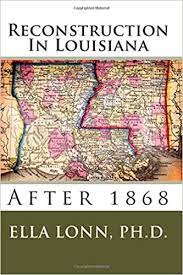 After the War Between the States, students of Louisiana history enter the dark and sad age of Reconstruction. In her fine book, Reconstruction in Louisiana After 1868, Ella Lonn, Ph.D., reveals how the actions and corruption of carpetbaggers (opportunist from the North), scalawags (reconstructed Southerners), military and government officials ruined the state’s economy, elections, and education. The purpose of this blog post is to share one example of how often in Reconstruction appointments and funds for education were misappropriated and funneled into the salaries of pathetically unqualified people in important educational positions. Lonn says this: “School directors were often unable to write their names. A letter (mailed Jan. 9, 1972) from the president of the school board of Carroll Parish, as printed in the National Republican, is so ungrammatical and misspelled that it is almost impossible to read it. Here is the actual letter:
After the War Between the States, students of Louisiana history enter the dark and sad age of Reconstruction. In her fine book, Reconstruction in Louisiana After 1868, Ella Lonn, Ph.D., reveals how the actions and corruption of carpetbaggers (opportunist from the North), scalawags (reconstructed Southerners), military and government officials ruined the state’s economy, elections, and education. The purpose of this blog post is to share one example of how often in Reconstruction appointments and funds for education were misappropriated and funneled into the salaries of pathetically unqualified people in important educational positions. Lonn says this: “School directors were often unable to write their names. A letter (mailed Jan. 9, 1972) from the president of the school board of Carroll Parish, as printed in the National Republican, is so ungrammatical and misspelled that it is almost impossible to read it. Here is the actual letter: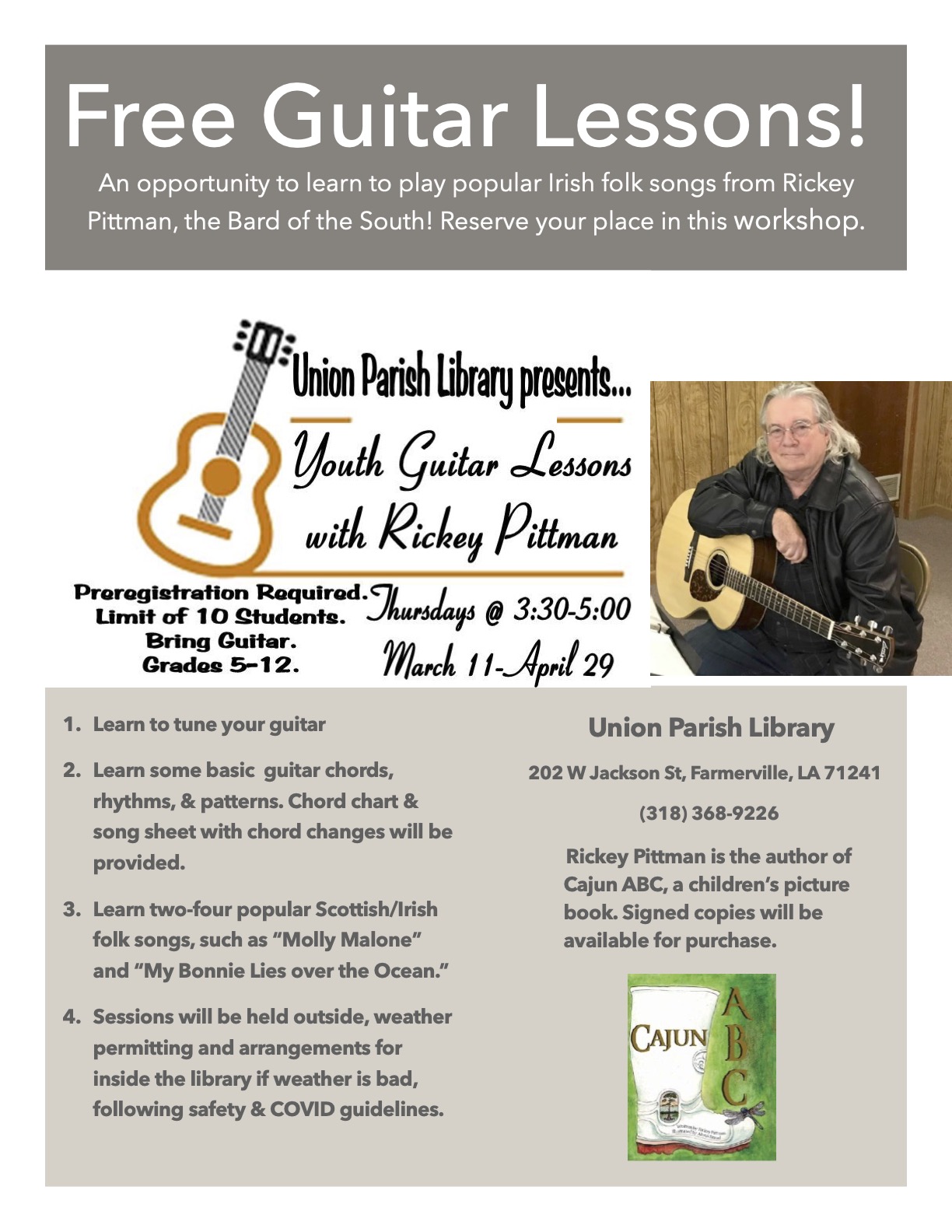
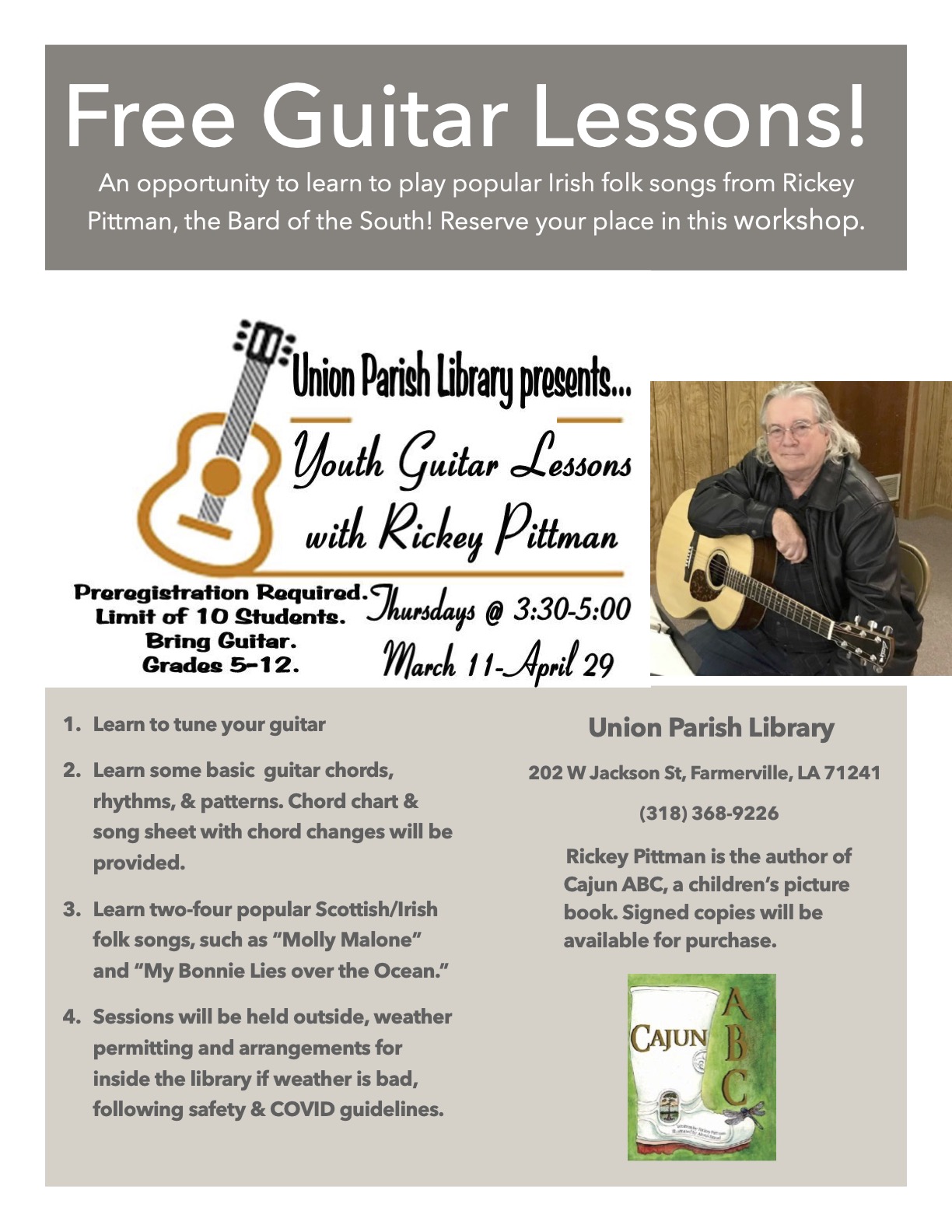
 I first learned of the Isleños of Louisiana happened when I did research for my Texas History Songs & Stories presentation I do for public and private schools. Around 1731, I learned of the Canary Islanders who were sent to Texas. Over 50 settled in San Antonio. Juan Seguin was one of their descendants. The Handbook of Texas says, “A number of the old families of San Antonio trace their descent from the Canary Island colonists. In 1971 a Texas Historical Marker honoring the Canary Islanders and their role in the development of San Antonio was erected on the Main Plaza of San Antonio.”
I first learned of the Isleños of Louisiana happened when I did research for my Texas History Songs & Stories presentation I do for public and private schools. Around 1731, I learned of the Canary Islanders who were sent to Texas. Over 50 settled in San Antonio. Juan Seguin was one of their descendants. The Handbook of Texas says, “A number of the old families of San Antonio trace their descent from the Canary Island colonists. In 1971 a Texas Historical Marker honoring the Canary Islanders and their role in the development of San Antonio was erected on the Main Plaza of San Antonio.” I never thought this day would come to America. The liberal left, the media, the governmental deep state have determined to crush and gain control over the MAGA movement that President Trump started. They began by immediately censoring the opinions, thoughts, books, art, movies, and protests of half of the American population. Twitter and Facebook have already closed the accounts of a huge percentage of its followers. The mainstream media (television and newspapers) have
I never thought this day would come to America. The liberal left, the media, the governmental deep state have determined to crush and gain control over the MAGA movement that President Trump started. They began by immediately censoring the opinions, thoughts, books, art, movies, and protests of half of the American population. Twitter and Facebook have already closed the accounts of a huge percentage of its followers. The mainstream media (television and newspapers) have